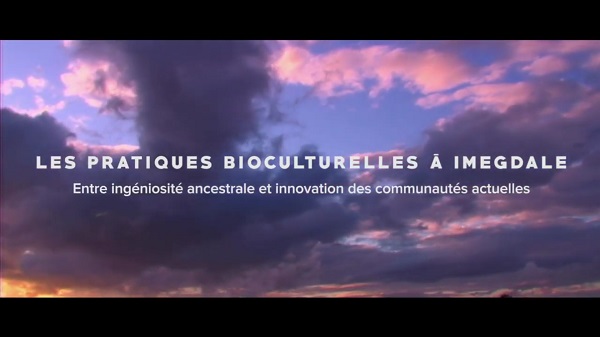First published on 01/28/2019, and last updated on 06/28/2019
Biocultural practices in Imegdale, between ancestral ingenuity and innovation of current communities.
As part of the strategic support project for the areas and territories conserved by local communities and indigenous peoples (ICCA) in Morocco, for the conservation of bio-cultural diversity, the Small Grants Programme of the UNDP Global Environmental Fund in Morocco has produced this video on the locality of Imegdale. Located in southern Morocco, the Imegdale territory is in the Western High Atlas. The oldest part of the mountain range, the High Atlas has a wide variety of natural and cultural assets, which constitute a unique and important landscape and ecosystem.
The Amazigh are the only inhabitants of Imegdale – indigenous mountain communities of 1,156 households and 5,467 inhabitants, including 2,722 women, spread over 28 small villages.
Regulated by customary laws, traditional conservation practices allow ecological regeneration and promote a certain balance in the environment. Among these are Azayn – the closing of fields during the fruit ripening period; Tagdalt – private land closures until the end of vegetation development cycles and prohibition of access to Agdals (mainly pastures) and Azibs (pastures) for three months in the spring.
Contact: Mr. Hassan Rankou, Director of MBLA, the Moroccan Association of Biodiversity and Livelihoods
